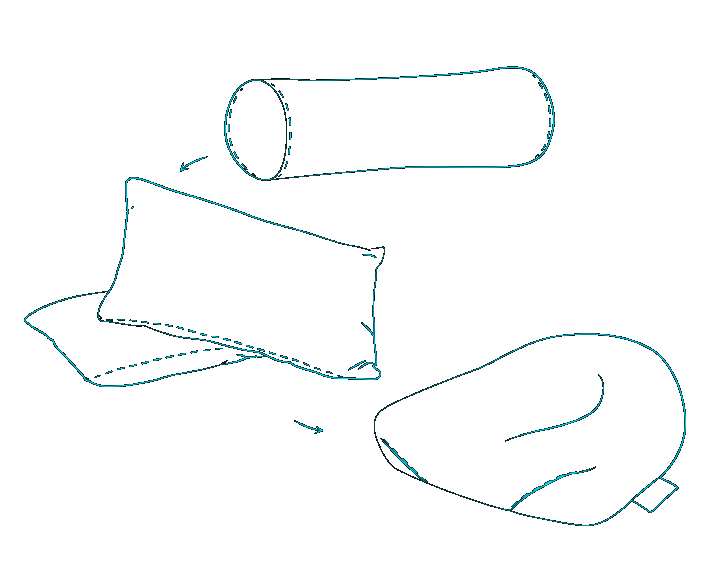To provide services at the highest level, we use cookies. Using the website requires you to choose settings related to their storage on your device. If you want to know what each type of cookie is used for, click the Details button below.
Best pillows for migraine – do they really work?28 stycznia 2022 |

Najlepsza poduszka na migrenę to poduszka ortopedyczna wykonana z otwartokomórkowej pianki wysokoelastycznej typu HR. Obecnie najlepszymi poduszkami na migrenę są Yoko, Asana i Hiro. Wybór konkretnej poduszki na migrenę zależy od wagi i budowy ciała danego jej użytkownika.
Poduszka na migrenę wspomaga jego leczenie dzięki ułożeniu odcinka szyjnego kręgosłupa w fizjologicznej pozycji, a także odpowiedniemu wcięciu na barki. Pomaga to w zachowaniu odpowiedniego ułożenia ciała w trakcie snu, co w efekcie przekłada się na jej właściwości zdrowotne.
Tak i nie. Poduszka na migrenę wspiera proces terapeutyczny i odgrywa dużą rolę w poprawianiu funkcjonowania. Nie sprawdzi się jako jedyna metoda leczenia. Obok zakupu poduszki na migrenę należy także podjąć odpowiednią diagnostykę i leczenie przyczynowe.
Nie. Poduszka na migrenę nie może być poduszką memory. Ta bowiem zapada się w trakcie snu, co powoduje zmianę ustawienia odcinka szyjnego kręgosłupa, a tym samym nie utrzymuje go w fizjologicznej pozycji i powoduje nasilenie dolegliwości. Dodatkowo tego rodzaju pianka nie pozwala na odpowiednią wentylację ciała, co skutkuje często poceniem się głowy i karku w trakcie snu.
Oprócz posiadania poduszki na migrenę warto jest zadbać o odpowiedni tryb życia. Powinno się więc zmienić swoje nawyki i postawy. Należy stosować się też do zaleceń lekarskich. Bardzo istotne jest również kupno materaca, który da optymalne podparcie ciała i wsparcie kręgosłupa.